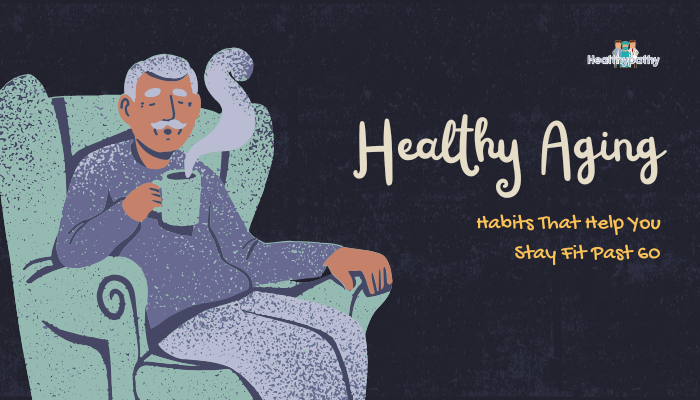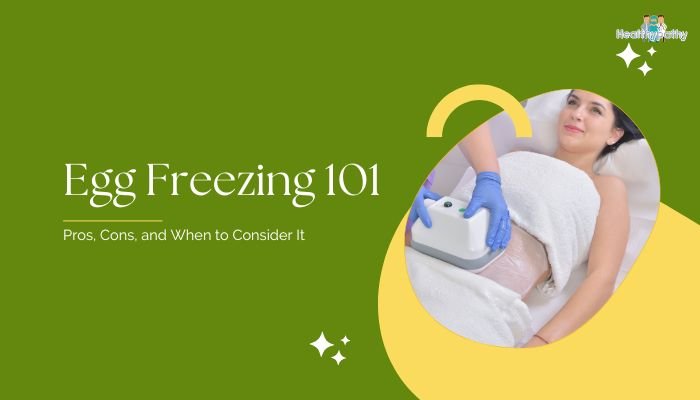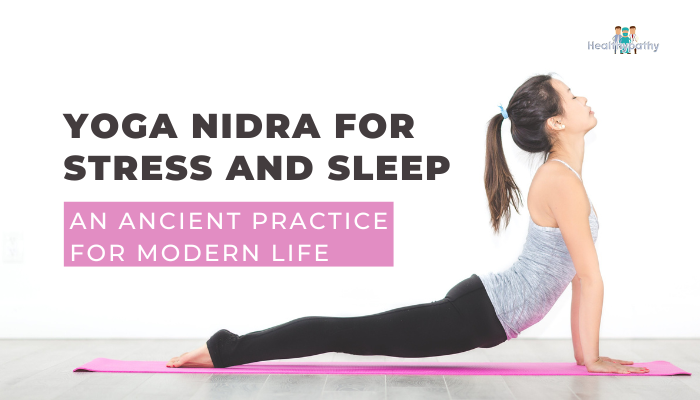Introduction
When menstrual cramps strike, many of us reach straight for ibuprofen or other over-the-counter pain relievers. While these medications can be effective, some women prefer gentler approaches, or seek additional non-pharmaceutical options to calm period pain.
From heat therapies and diet tweaks to mind-body techniques, a holistic approach addresses more than just physical discomfort, also promoting better emotional well-being. This guide explores non-ibuprofen alternatives for managing menstrual cramps, including lifestyle changes, natural supplements, and self-care strategies to make that time of the month more comfortable.
Why Look Beyond Traditional Painkillers?
Possible Side Effects and Tolerance
Although generally safe in correct doses, nonsteroidal anti-inflammatory drugs (NSAIDs) like ibuprofen can cause stomach irritation, gastrointestinal bleeding, or other side effects if used excessively. Some individuals may also develop a tolerance, requiring higher doses over time.
Personalized Health Choices
Women with certain health concerns (like ulcers, kidney issues, or allergies) may want to avoid frequent NSAID use. Exploring integrative or natural interventions allows customizing period relief that aligns with personal values and medical considerations.
Lifestyle and At-Home Remedies
Heat Therapy
A tried-and-true method, applying warmth relaxes the uterine muscles and improves blood circulation:
- Heating Pad or Hot Water Bottle: Placed on the lower abdomen for 15–20 minutes at a time.
- Warm Bath: Immersing in comfortably hot water relieves tightness in the pelvic area.
Gentle Exercise
Although strenuous workouts may feel daunting when cramping, light to moderate physical activity can release endorphins, your body’s natural painkillers:
- Walking or Low-Impact Aerobics: Helps alleviate cramps and reduce bloating.
- Yoga: Positions that stretch or strengthen abdominal/pelvic regions—like Child’s Pose or Cobra—can lessen muscle tension.
Stress Management
Excess stress can amplify pain perception:
- Deep Breathing Exercises: Slowly inhale for a count of four, hold briefly, then exhale for a count of four. Repeat a few times, focusing on relaxing the lower belly.
- Meditation or Progressive Muscle Relaxation: Let you unwind tension from head to toe, easing the pelvic muscles.
Dietary and Nutritional Approaches
Anti-Inflammatory Foods
Menstrual cramps partly stem from prostaglandins—chemicals triggering uterine contractions and inflammation. Eating anti-inflammatory ingredients can help:
- Omega-3 Fats: Found in salmon, sardines, chia seeds, or walnuts.
- Leafy Greens and Berries: Packed with antioxidants and vital minerals like magnesium.
- Whole Grains: Provide B vitamins and fiber, stabilizing mood and potentially smoothing hormonal fluctuations.
Adequate Hydration
Drinking enough water, especially warm or room-temperature, may cut down on bloating. Some prefer adding lemon or herbal infusions to soothe the digestive system.
Supplements
- Magnesium: Studies suggest magnesium may relax muscles, lowering cramp intensity.
- Vitamin B1 or B6: May help reduce menstrual pain for some women.
- Calcium and Vitamin D: Found essential for muscle function and overall hormone regulation.
Always consult a healthcare professional before starting new supplements, particularly if you have pre-existing conditions.
Herbal and Complementary Options
Herbal Teas
- Chamomile, Ginger, Fennel: Believed to have antispasmodic or anti-inflammatory effects, making them popular for cramps and bloating.
- Raspberry Leaf Tea: Rumored to tone the uterus and reduce discomfort, though evidence is mostly anecdotal.
Essential Oils
- Lavender or Clary Sage: Often used in aromatherapy to calm and potentially ease pain. Apply topically with a carrier oil or diffuse in your space.
- Peppermint: For some, peppermint oil gently massaged on the lower abdomen can soothe muscle tension.
Acupressure or Acupuncture
Based on traditional Chinese medicine, stimulating certain points like Sanyinjiao (SP6) may reduce menstrual discomfort. Professional acupuncture sessions or self-applied acupressure can complement other therapies.
Advanced Techniques for Pain Relief
TENS (Transcutaneous Electrical Nerve Stimulation)
A TENS unit delivers mild electrical pulses to the skin surface, blocking pain signals from nerve pathways. Applying pads near the lower abdomen or lower back can bring short-term relief.
Pelvic Physical Therapy
A trained physical therapist may demonstrate pelvic floor exercises or manipulations to address underlying muscle imbalances. This approach is especially useful if there’s persistent pelvic pain or associated conditions like endometriosis.
Mind-Body Therapies
- Cognitive Behavioral Therapy (CBT): Helps reframe negative pain thoughts, often beneficial for chronic pain.
- Hypnotherapy: For deep relaxation and potential muscle release.
Keeping Track of Pain Patterns
Menstrual Diary
Recording daily pain levels, associated symptoms (bloating, diarrhea, mood swings), and effective relief methods can reveal patterns. This data is valuable if you consult a healthcare provider or experiment with new coping tactics.
Cycle Tracking Apps
Use digital apps to log period timing, pain severity, and interventions tried. If you notice consistent improvement or triggers (like certain foods or stress events), you can refine your approach.
When to Seek Medical Advice
Red Flags
While mild to moderate cramps are normal, see a doctor if:
- Pain escalates significantly or disrupts daily activities repeatedly.
- Home remedies and OTC meds consistently fail to help.
- You suspect other conditions like endometriosis or PCOS, especially with irregular bleeding or fertility issues.
Possible Medical Treatments
If your pain is severe, a provider might recommend:
- Contraceptives (pills, IUD): Hormonal regulation can reduce pain by minimizing the uterine lining thickness.
- Prescription Painkillers: For short-term use if absolutely necessary.
- Further Investigations: Ultrasound, laparoscopy, or other exams if a more serious cause is suspected.
Conclusion
Menstrual cramps needn’t confine you to a heating pad or monthly NSAID reliance. By exploring non-pharmaceutical methods—like heat therapy, holistic dietary changes, herbal teas, TENS units, or targeted exercises—you can often tame pain more gently while nurturing overall health. Monitoring patterns and being open to complementary therapies, from herbal remedies to mindful movement, broadens your arsenal against period discomfort. If pain remains severe or suspicious, consult a healthcare professional to rule out underlying conditions or to explore additional treatments. Finding the right combination of holistic solutions can grant you more comfortable, empowered periods without depending solely on ibuprofen.
References
- American College of Obstetricians and Gynecologists (ACOG). Dysmenorrhea and menstrual pain management. 2021.
- National Center for Complementary and Integrative Health (NCCIH). Yoga, meditation, and herbs for menstrual pain. 2022.
- Obstetrics & Gynecology. Efficacy of TENS in dysmenorrhea. 2020.
- Cochrane Database Syst Rev. Herbal and dietary therapies for primary dysmenorrhea. 2022.






